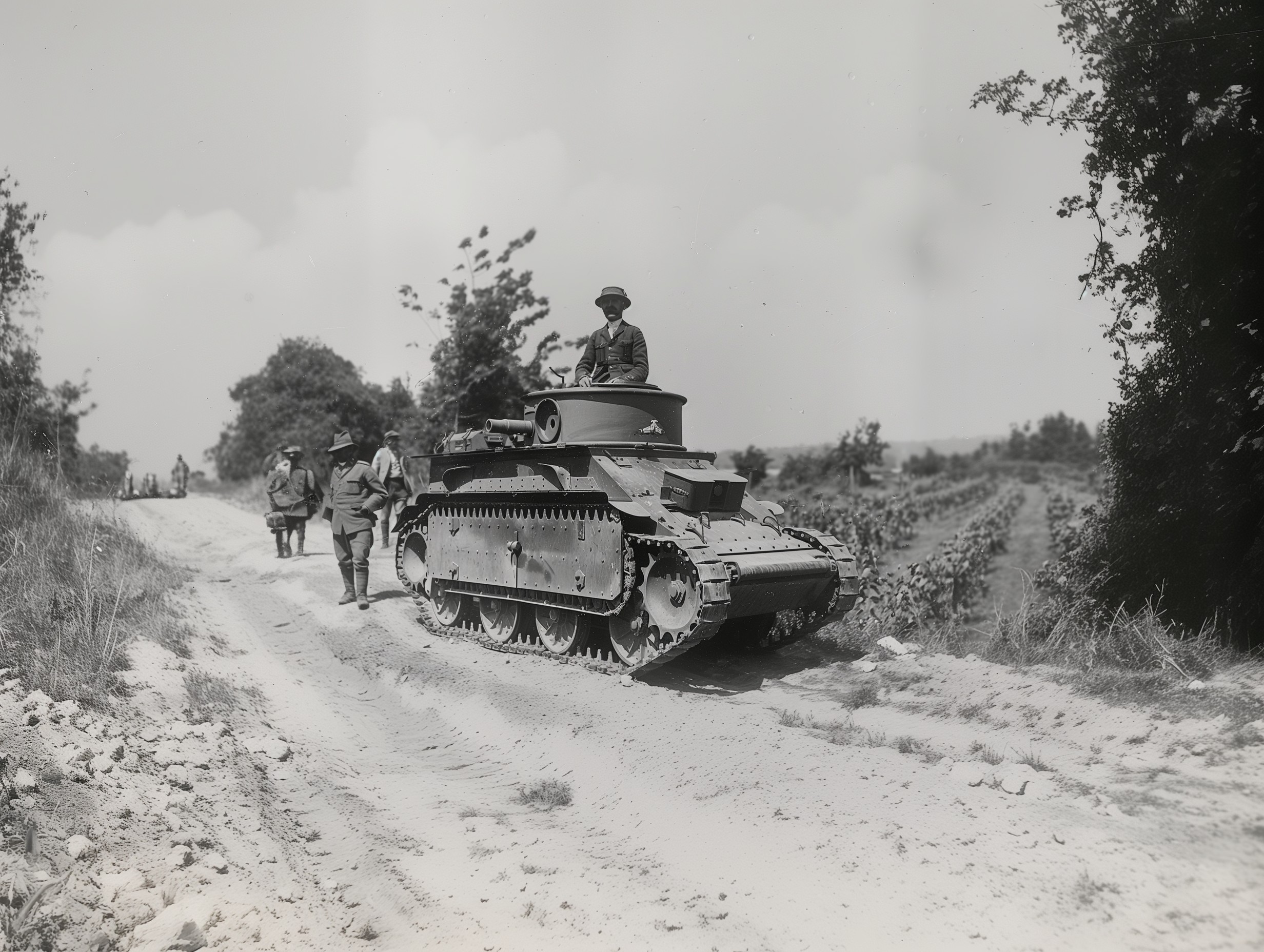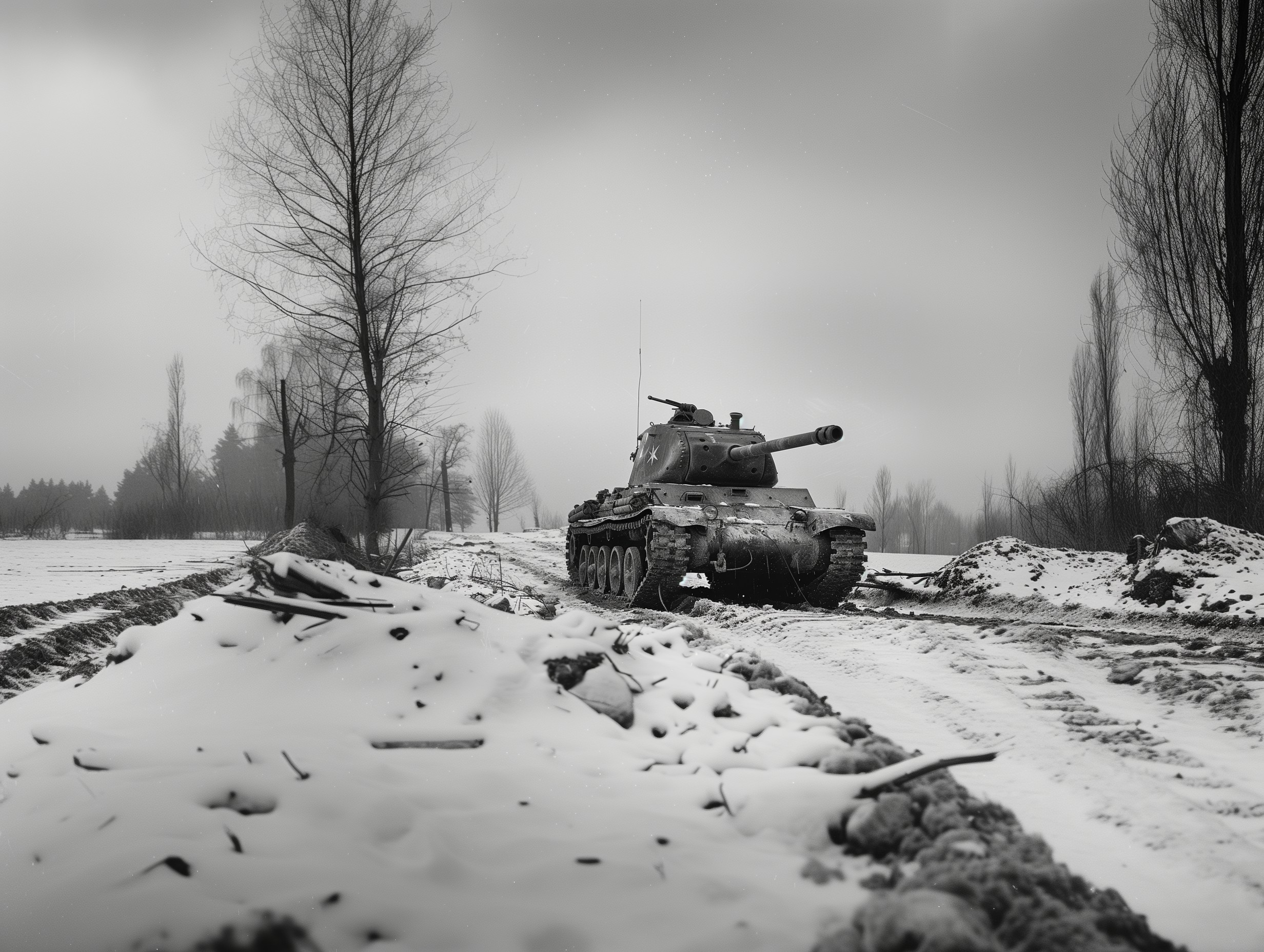Flak 43: The Pinnacle of Anti-Aircraft Artillery
The Flak 43, developed by Germany during World War II, represented a significant advancement in anti-aircraft weaponry. Designed to replace the older Flak 37, it offered improved rate of fire, mobility, and accuracy, making it a formidable defense against Allied aircraft.
Design and Features
With a caliber of 37mm, the Flak 43 was capable of a high rate of fire up to 250 rounds per minute. Its design focused on ease of use and rapid deployment, featuring a lighter frame and a more efficient loading mechanism than its predecessors.
Operational Use
Deployed on all fronts where the German military operated, the Flak 43 was used to protect troops, vehicles, and strategic locations from air attacks. Its versatility also allowed it to be mounted on various platforms, including trucks and armored vehicles, enhancing its operational flexibility.
Legacy
Despite the end of the war, the Flak 43's influence persisted, with several countries incorporating it into their post-war arsenals. Its design principles influenced future generations of anti-aircraft systems, underlining its significance in military technology history.

